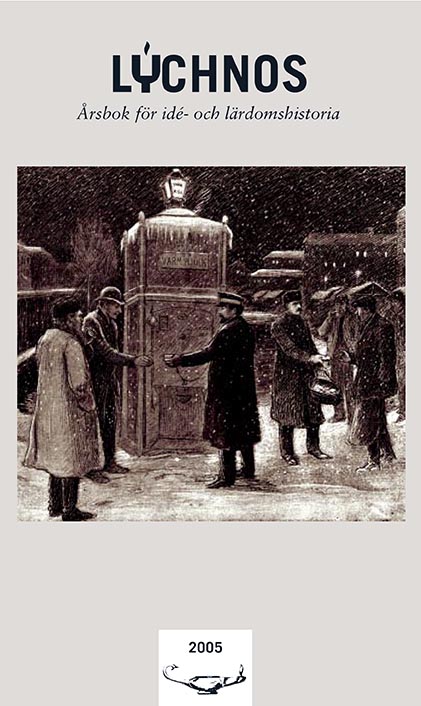Maten och vetenskapen
Näringslära, kostvanestudier och socialpolitik, ca 1880–1960
Abstract
In the late 1880s, the new nutritional science was introduced in Sweden, foremost at the Karolinska institute in Stockholm and with the physiologist Robert Tigerstedt as the driving force. He organized both experimental studies on human metabolism and social research concerning the eating habits among members of the working class. During the following decades, several studies concerning food supply and eating habits among the woodmen, living in cabins or shacks a long way from home during the winter season, was carried out. As it was very difficult to get new supplies, their eating habits were totally under control, and the scientific conditions for the studies closely resembled experimental research.
In the 1930s these studies ended in governmental support for the building of better lodgings and the employment of female housekeepers. But at the same time new problems with the eating habits among the population were identified, most of these concerning the families with low income and many children. And after the Second World War, the new knowledge about the relationship between consumption of fat and heart diseases once again changed the role of medicine in the discussion of eating habits. It is almost impossible to evaluate the role of the nutritional science for the food and social policy during this period of modernization of Swedish society. But this story of the close relationship between science and politics should be seen as just one example of the role of scientific ideals and methods in the ambitious striving for a more rational and modern social policy during this period.
Downloads
Publicerad
Nummer
Sektion
Licens
This work is licensed under a Creative Commons Attribution 4.0 International License. The copyright for the work published in Lychnos remains with the authors.


